The Gallery Remediated and Revived
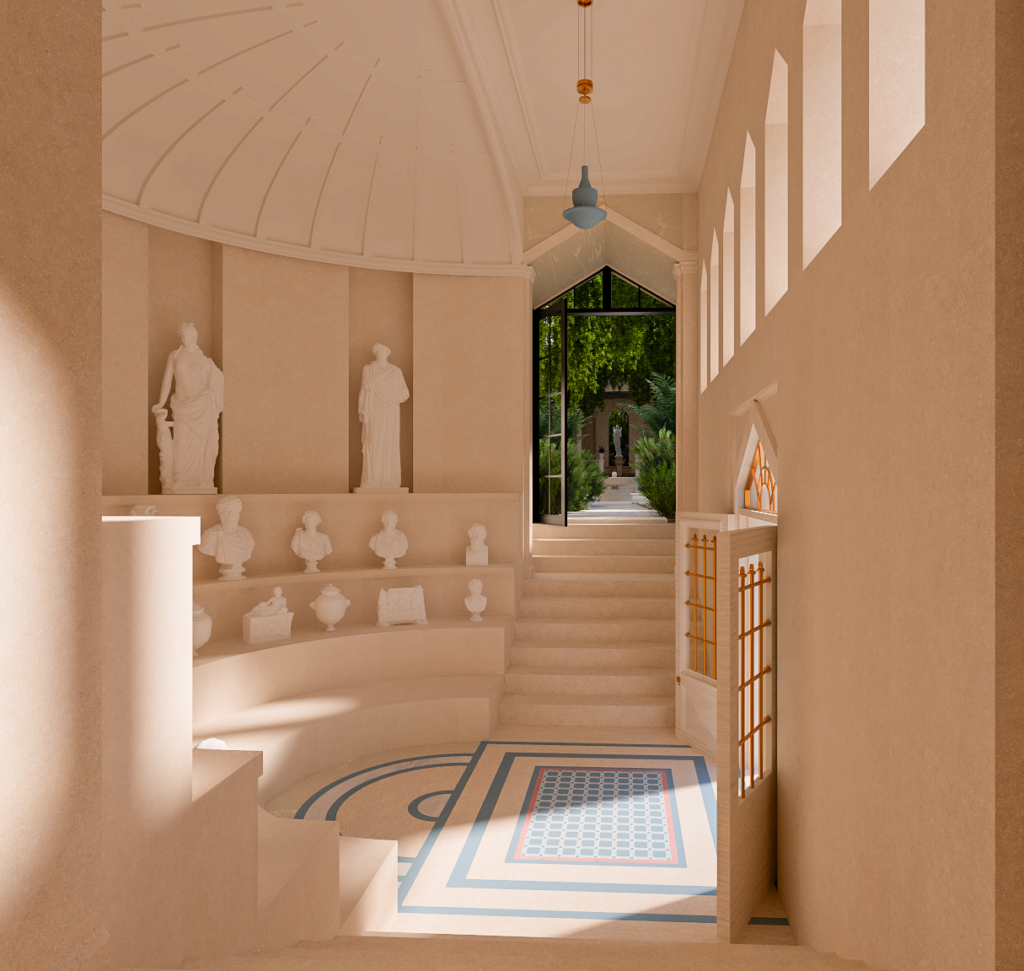
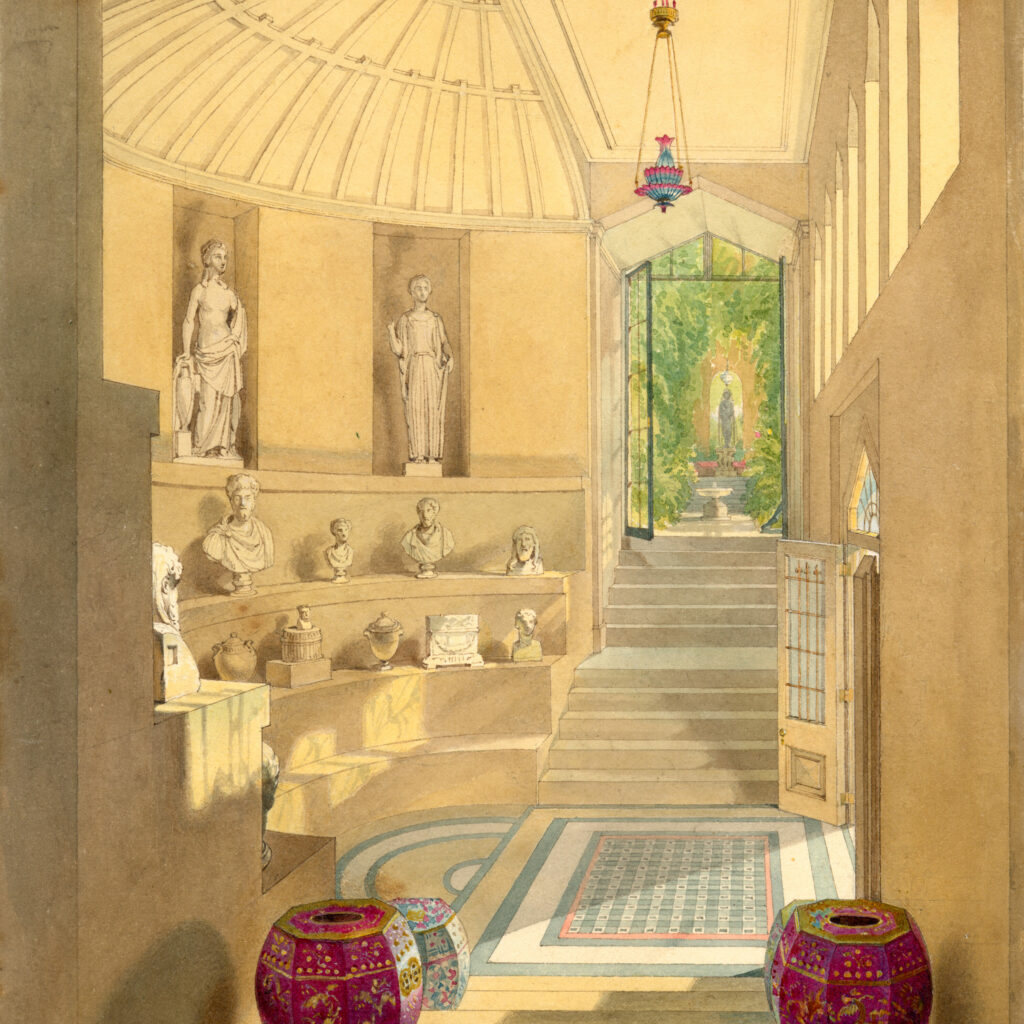
A picture is worth a thousand words, but they are always someone else’s, and we can never fully ‘inhabit’ them. The watercolours created by Williams and Bartlett offer enticing representations of Hope’s Theatre of the Arts, along with other views of his country house, the Deepdene, but their inherently static nature makes them insufficient for grasping the full effect of this space. Hope’s gallery hinges on the playful inversion of the audience and ‘performance’ as traditionally seen in Greek amphitheatres: without the vaguely uncanny feeling brought on by the viewer finding themselves centre-stage, while the art surveys them from the “stands,” a significant part of this experience is lost. We (see below) sought to remediate not just the gallery itself with renewed interest and consideration, but to explore how we can use digital technology to create opportunities to re-inhabit historic gallery spaces that no longer exist.

The malleable 3D digital model of the Theatre of the Arts was built from the ground up by Toronto Metropolitan University (TMU) architecture students, Liam Roberts and Alex Tran, using Rhinoceros to create polygonal structures and Vray as finishing software. The Theatre presented unique complications for the modeling process. In the absence of formal orthographic drawings, and thus having to work from watercolours that “exaggerated the space to an unrealistic extent,” they had to walk a fine line between conventional architectural modality and artistic discernment. Furthermore, as they observed, “ornament and detail are lost in contemporary architectural works, so embracing and capturing the small details of a space that would not be designed [today],” without the benefit of those orthographic drawings, exacerbated these challenges.
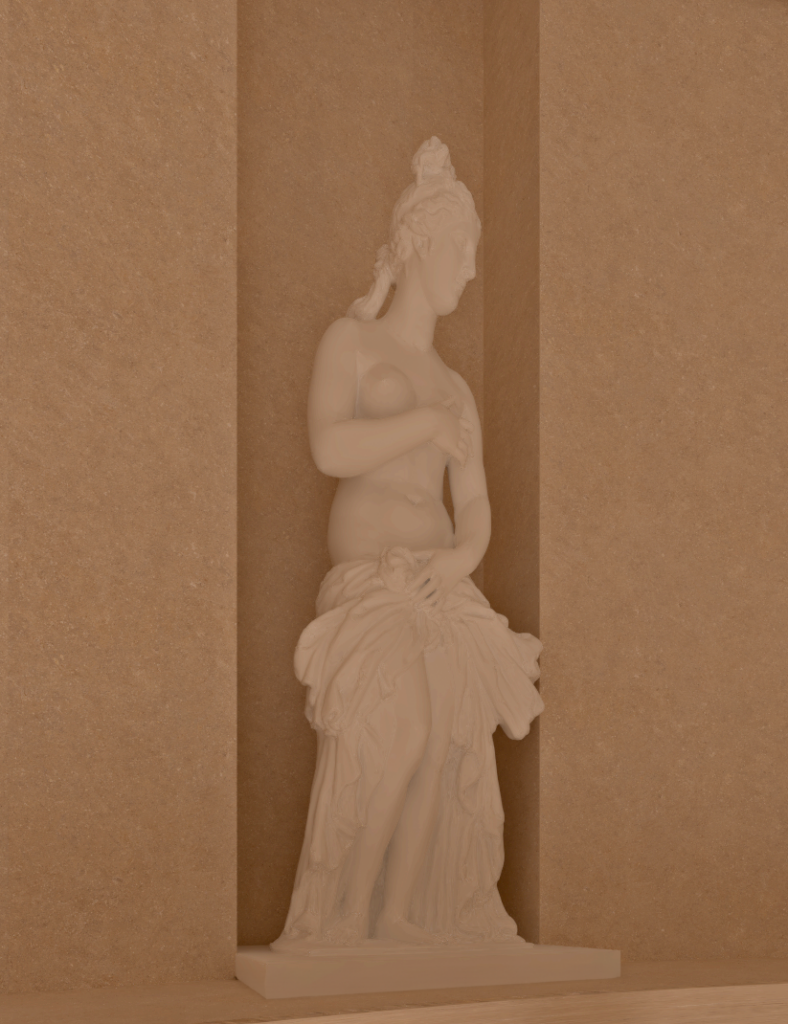
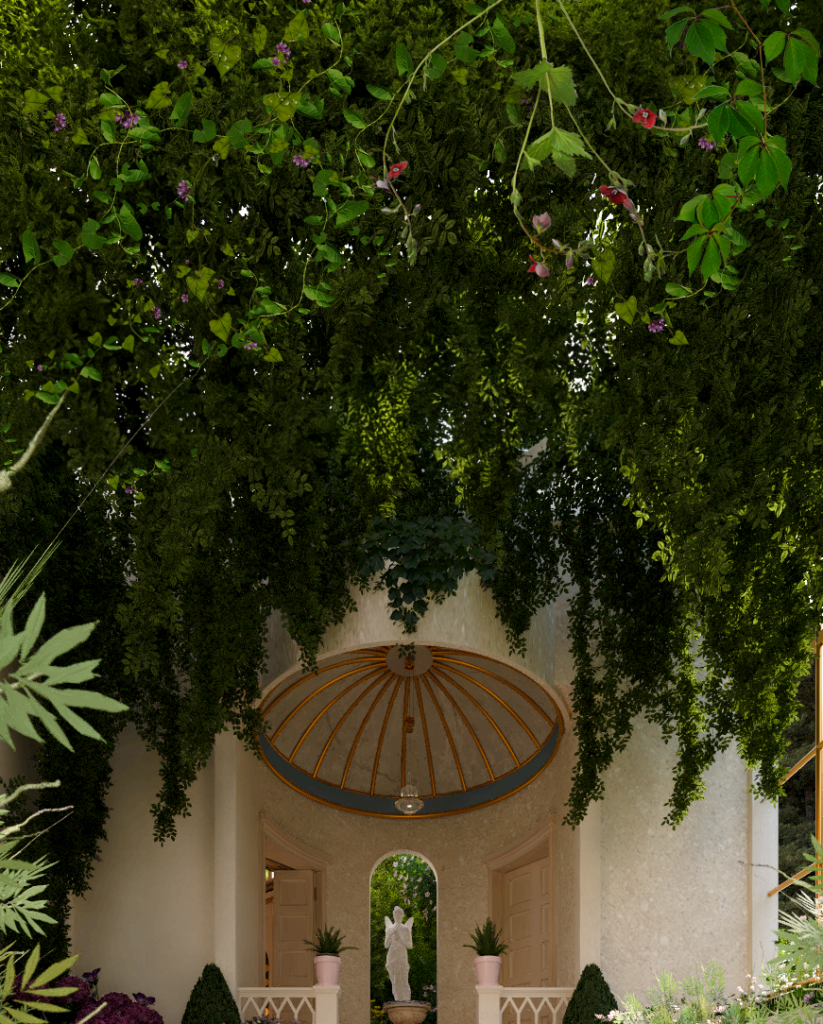
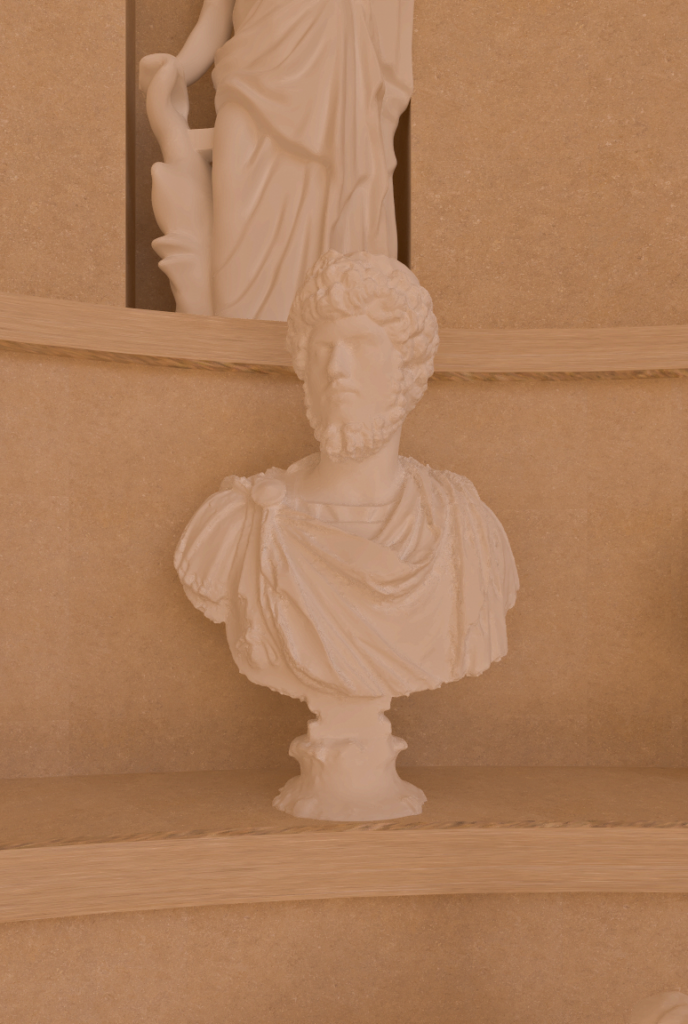
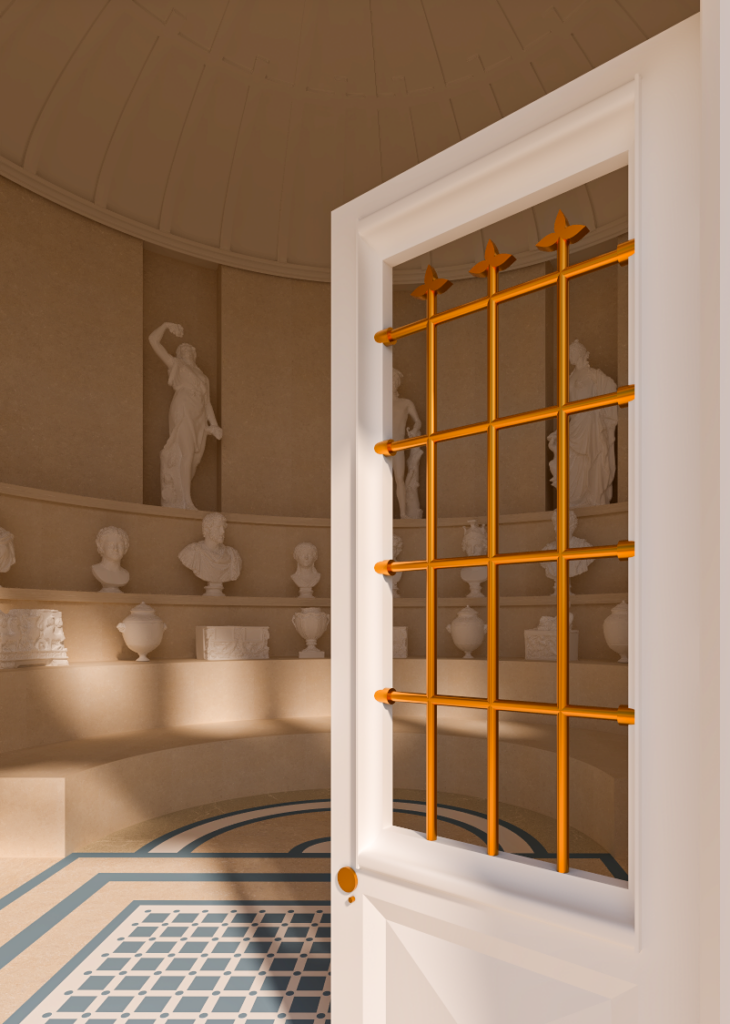
However, like any task worth undertaking, those difficulties proved not just fruitful for team members but the project and medium as well. The original watercolours of the Theatre of the Arts are brilliant in their own right, but they only “capture a single frame,” as Liam explained to the team. The new 360° model offers a more comprehensive, enveloping depiction that preserves the critical aspect of Hope’s gallery and the collections it contained, enabling the viewer to stand where Hope and his guests once stood, and to look around a space in which the human body is dramatically confronted by its inert counterparts: by row upon row of full-sized statues, busts and cineraria. The 3D modelling of these artifacts takes some liberties with placement, and includes some that were in fact positioned in other locations, since our priority was to capture the unique spatial features of the gallery, and its surrounding environment, as a whole. To this end, our project builds (no pun intended) on other terrific digital recreations of Romantic-era exhibition spaces and/or their contents, such as What Jane Saw, and REVE’s “Romanticism in 45 Objects,” in which the physical space itself plays a more secondary or instrumental role. It is also a fruitful extension of an earlier project, Inside Out: Representing the Romantic Museum, an exhibition of museum interiors for the Romantic Circles Gallery, where the intention was to explore what two-dimensional representations can teach us about the visual languages and conventions of museum and exhibition culture in the Romantic period.
About Us
Funded by the Social Science and Humanities Research Council of Canada, “The Theatre of the Arts: Thomas Hope’s Visionary Gallery” is a project led by Sophie Thomas (Department of English, TMU) and Noah Pedinelli (MA Program in Literatures of Modernity, TMU). We would like to thank TMU colleagues Reg Beatty and the Centre for Digital Humanities, Vincent Hui (Department of Architectural Science), and Micheal Carter-Arlt (Immersive Technology Specialist, TMU Library), for their invaluable support and advice. We are deeply indebted to Liam and Alex for their brilliant work on the 3D model, which as they say, helped them learn to “feel” a space rather than “design” one.



